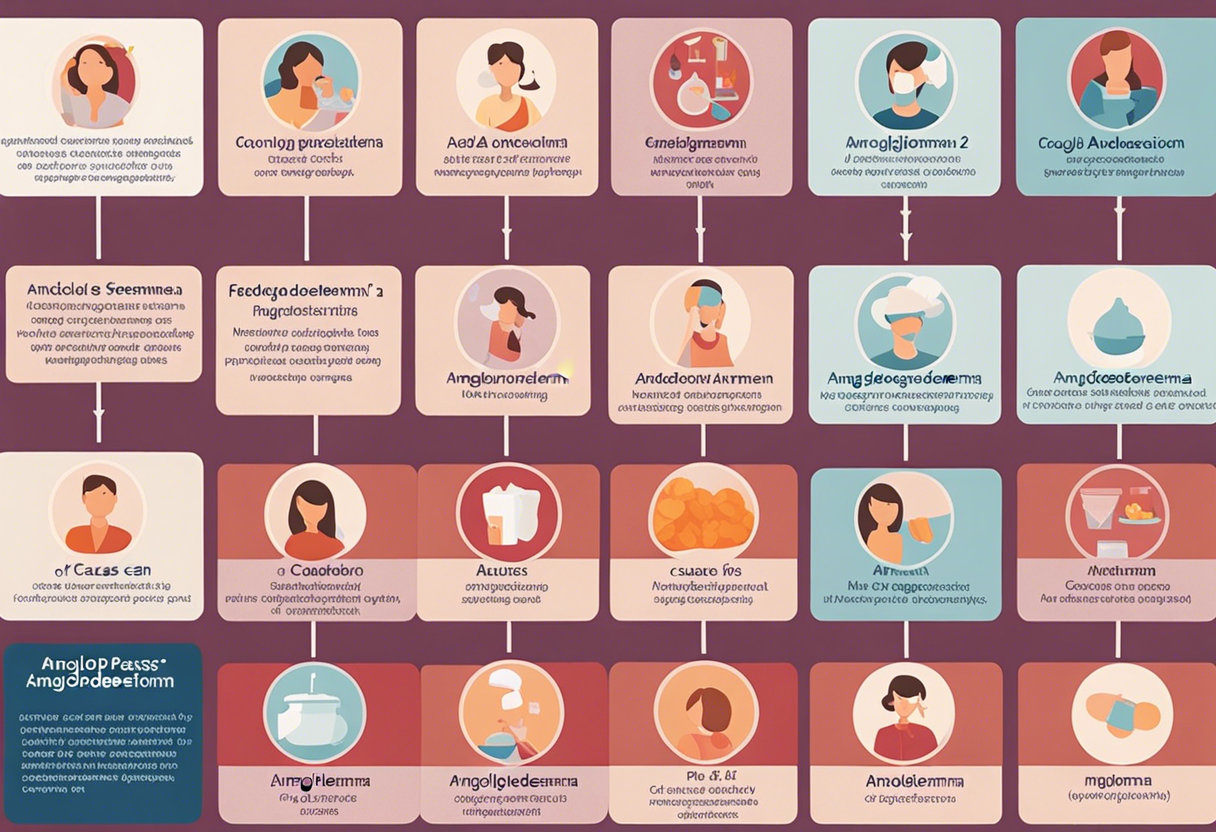Decoding Angioedema: Top Five Insights into a Misunderstood Condition
Angioedema, often misunderstood and misdiagnosed, is a medical condition that causes swelling beneath the skin, often in the face and throat, which may be life-threatening. It can occur due to an allergic reaction or can be hereditary. The condition, although not as common as other allergic reactions, is significant due to its potential severity. This article aims to demystify Angioedema, shedding light on its causes, symptoms, types, treatment options, and the latest research developments. By understanding Angioedema, we can better manage the condition and improve the quality of life for those affected.
**Section 2: Understanding the Causes of Angioedema

The causes of Angioedema vary, and it can occur as a reaction to certain medications, foods, or other triggers. In some cases, it's hereditary and can be passed from one generation to the next. Allergic Angioedema is caused by an allergic reaction to substances such as certain foods, medication, or insect bites. Drug-induced Angioedema is a reaction to specific medications, especially ACE inhibitors used to treat high blood pressure. Hereditary Angioedema is a rare genetic condition that can cause severe, recurrent attacks. Understanding these causes can help in early diagnosis and effective treatment.